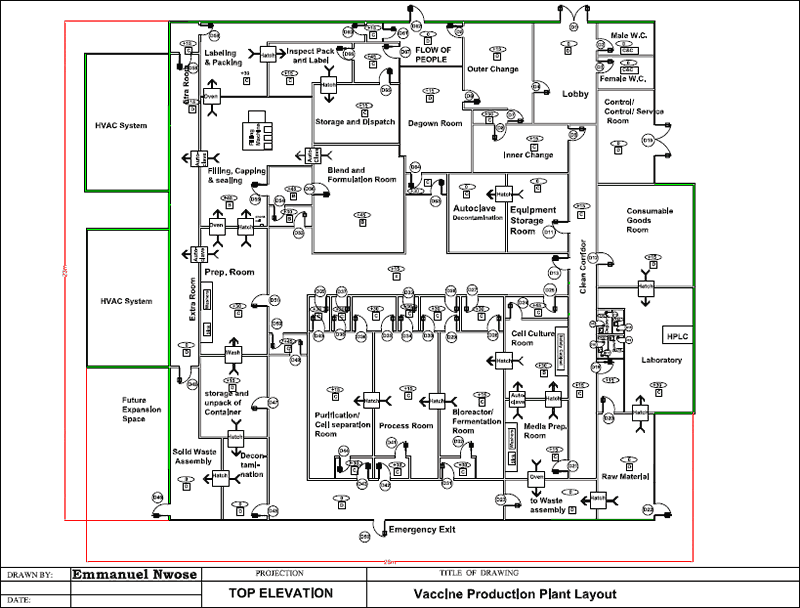

In the case of SARS-CoV-2 (and SARS-CoV), the spike protein binds to angiotensin-converting enzyme 2 (ACE2) on host cells and is then endocytosed 10, 11. Most coronaviruses encode only one large surface protein, the spike protein, which is responsible for receptor binding and membrane fusion 9. Through preclinical studies of vaccines against SARS-CoV and MERS-CoV, the antigenic target for coronavirus vaccines has become clear 7, 8 (Fig. Vaccines against MERS-CoV are currently under active development, and have been supported by the Coalition for Epidemic Preparedness Innovations (CEPI). However, development was stopped because the virus was eradicated from the human population and has not re-emerged since 2004. After the 2002–2004 SARS outbreak, vaccines against SARS-CoV were developed preclinically and two were tested in phase I trials 5, 6. As such, the development of vaccines against human coronaviruses was not pursued. Their development had previously been considered as low priority because the coronaviruses that were circulating in humans caused relatively mild disease in addition, a vaccine would need to be quadrivalent-effective against four different viruses-and even then would prevent only a minor proportion of colds, because the majority are caused by other viruses. No vaccines against coronaviruses have yet been licensed for use in humans. In addition, SARS-CoV and Middle Eastern respiratory syndrome coronavirus (MERS-CoV) have more recently caused zoonotic infections and epidemics with high case fatality rates in humans 3. All four of these viruses are thought to be zoonotic in origin, and OC43 has been proposed as a potential aetiological agent of the 1889–1890 ‘Russian flu’ pandemic 3, 4 this possibility was suggested by a phylogenetic analysis 4 determining that OC43 and bovine coronavirus (BCoV) split from a common ancestor around 1890. Four such coronaviruses-two alphacoronaviruses (NL63 and 229E) and two betacoronaviruses (HKU1 and OC43)-circulate in humans and cause common colds 3. Coronaviruses are enveloped viruses with a large, single-stranded, positive-sense RNA genome. SARS-CoV-2 caused a sizable epidemic of COVID-19 in China, then spread globally and was declared a pandemic in March 2020. The causative agent, identified as the betacoronavirus SARS-CoV-2, is closely related to SARS-CoV, which was responsible 2 for the outbreak of SARS between 20. In late December 2019, cases of pneumonia with unknown aetiology were reported in the city of Wuhan, China 1.


 0 kommentar(er)
0 kommentar(er)
